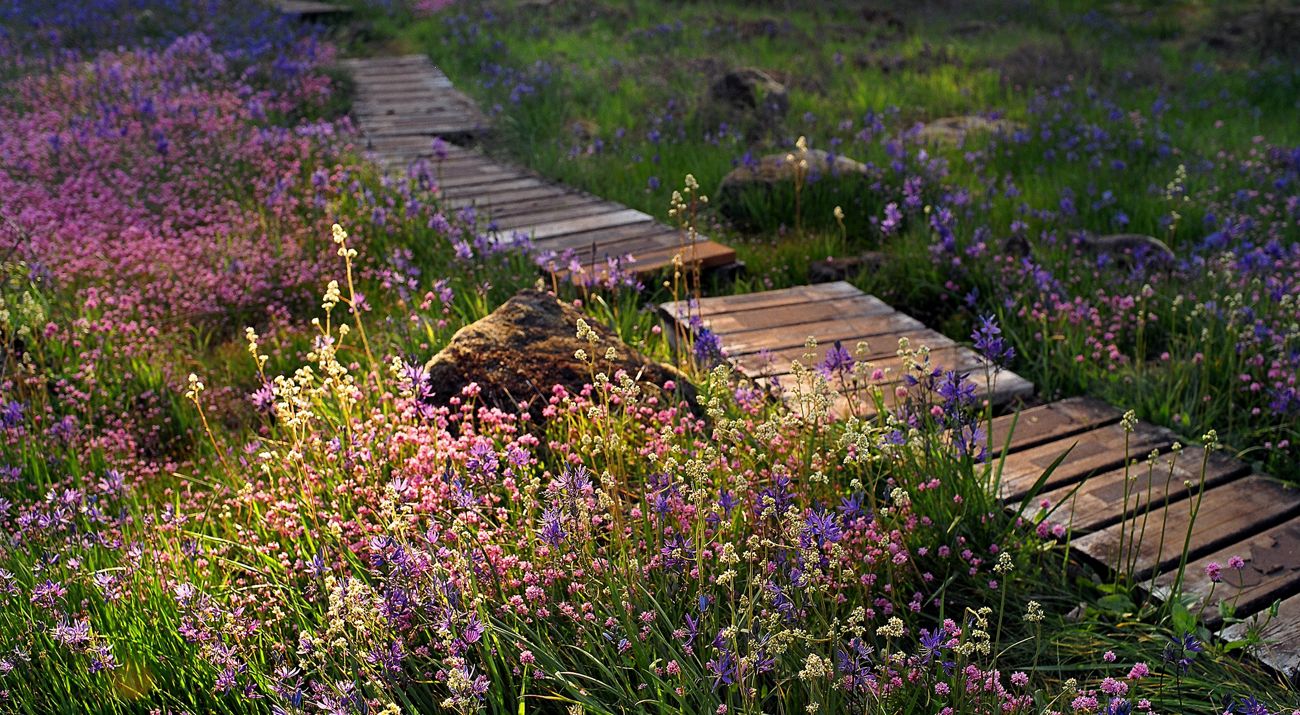Description
Effective May 24, 2021, this preserve is open to the public. Please be aware that trails are narrow. In consideration of all preserve visitors, we ask you to be considerate and practice physical distancing and wear a face covering if you come into close contact with any other visitors.
The taking off or landing of an unmanned aerial vehicles (UAVs or “drones”) is prohibited on the preserve.
This property is privately owned and managed in order to protect the sensitive species that call it home. For this reason, we ask that you stay on marked trails and leave your dog at home. We appreciate your help in protecting the landscape and respecting all those who enjoy it.
During the wildflower-abundant months of April and May, the preserve can be extremely busy. To make your visit more pleasant, try to plan your visit early in the morning or later in the afternoon and avoid weekends.
The main Loop Trail is now a one-way trail. We are asking all visitors to walk this trail in a counterclockwise fashion to limit people passing each other on the trail. Please walk to the right at the main entrance sign accessed via Walnut St.
What Makes Camassia Special
Named for the common camas (Camassia quamash) which profusely blooms here in April and early May, this preserve hosts more than 300 plant species.
The preserve's rocky plateau provides a glimpse into ancient history—when the Bretz Floods poured down the Columbia River Gorge and into the Willamette Valley 12,000 to 19,000 years ago. The floods swept soil and vegetation from parts of the valley and deposited granitic boulders (called "glacial erratics") from as far away as Canada. One of the larger glacial erratics found at the preserve is on display at the main signboard.
What We Have Done/Are Doing
For years, TNC volunteers have worked to improve habitats and maintain trails for visitors at Camassia Natural Area. In the spring, volunteer naturalists are present during the weekends to orient visitors to the preserve and its ecology and common plants.
TNC focuses on protecting Oregon white oaks and the spring wildflowers that bloom profusely in the meadows, while also reducing woody fuels that could worsen the impact of wildfires. Natural areas throughout the Willamette Valley were historically managed with fires, which allowed prairie plants and Oregon white oak trees to flourish. Without fire, shrubs and trees can quickly grow into once open habitats. Douglas fir trees, common throughout Western Oregon, grow faster than oak trees and they can shade out and kill the oaks. In order to protect the oaks at Camassia Natural Area, TNC removed fir and other trees competing with white oak trees. Other efforts have removed invasive species and shrubs from the meadows at Camassia Natural Area. Due to the collective impact of volunteers, common invasive plants like Himalayan blackberry, Scot’s broom and English ivy have been significantly reduced. Native wildflower and grass seeds are distributed to bolster populations of native prairie plants.
